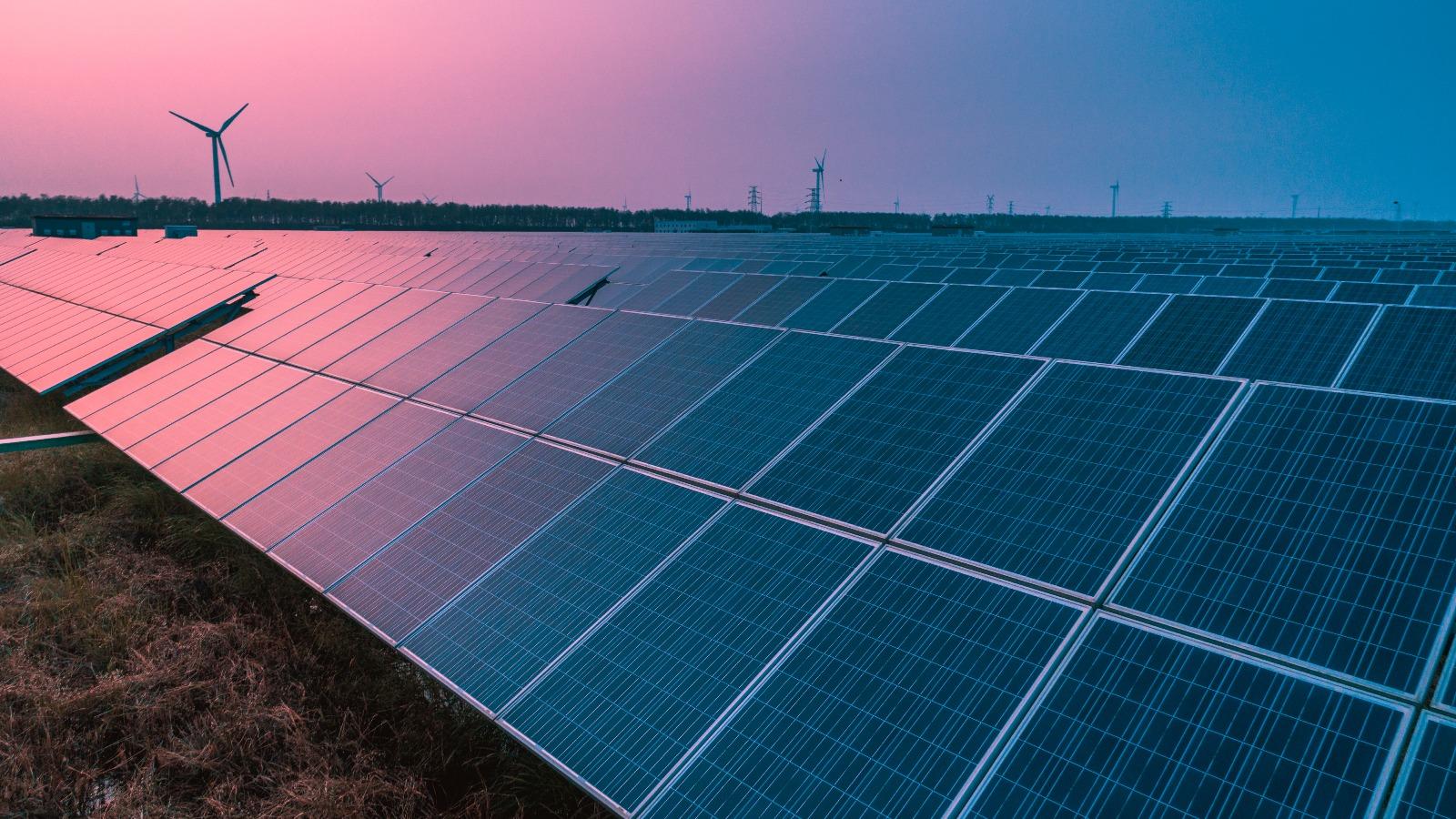What are the amendments?
‘Own use’ exemption
PPAs generally fall within IFRS 9’s scope and are accounted for as derivatives measured at fair value through profit or loss (‘FVTPL’) unless they qualify for the 'own use' exemption; however, meeting this exemption can be challenging due to variable nature-dependent electricity generation and market structures that allow for net settlement.
Targeted amendments now provide specific guidance for the 'own use' assessment, which allow entities that are net purchasers of electricity to potentially qualify for the exemption by offsetting sales of unused electricity within the same market.
The applicability of the 'own use' exemption depends on the market structure in which an entity operates. The amendments are expected to only impact participants in net pool markets1 or contracts involving physical deliveries. Consumers in a gross pool structure2, such as the National Electricity Market (‘NEM’) in Eastern Australia, will continue to find it challenging to meet the ‘own use’ exemption, however consumers in other market structures may find that their PPAs with generators, referencing nature-dependent electricity, could now potentially meet the 'own use' exemption under IFRS 9.
Hedge accounting - variable notional amount and highly probable requirement
Currently, IFRS 9 requires entities to designate a highly probable fixed energy volume as the hedged item, which often conflicts with the inherent unpredictability of nature-dependent electricity sources. This unpredictability in both volume and price leads to hedge ineffectiveness when a fixed volume is designated, misaligning the hedge accounting of PPAs linked to actual energy output (‘generators’) or consumption (‘consumers’). Additionally, the requirement that only highly probable forecast transactions qualify for cash flow hedge accounting, limits the volume that can be hedge designated. Thus, currently entities often adopt conservative hedging designations, which do not fully capture the dynamic nature of nature-dependent electricity. For example, clients may designate only P903 electricity generation volumes in a qualifying hedge relationship.
The latest IFRS 9 amendments provide further guidance when hedge accounting instruments that reference nature-dependent electricity sources. Subject to certain conditions, under the amendments, companies can designate the hedged item as the variable nominal amount of forecasted electricity transactions (sales or purchases from the nature dependent generator), focusing on fluctuations in market prices rather than changes in volume. As such, there could potentially now be no volume difference between the hedging instrument and hypothetical derivative modelling the hedged risk, meaning no ineffectiveness arises for mismatches in quantity between the modelled hedged risk and hedging instrument.
The amendments also note that if the cash flows of the nature-dependent electricity hedging instrument are conditional on the occurrence of a designated forecast transaction, that forecast transaction is presumed to be highly probable. This would only apply to purchasers with PPAs that fail ‘own use’ but are otherwise physically delivered and to generators (sellers).
A purchaser that designates a virtual contract referencing nature-dependent electricity (‘VPPA’) as a hedging instrument would generally designate the hedged item as an amount of forecast electricity purchases that are highly probable considering its operational needs for electricity. In such a hedge relationship, the cash flows under the VPPA are not conditional on the occurrence of the forecast transactions, hence the presumption that the purchases are highly probable does not apply. Practically, this means that an electricity consumer who cash flow hedges the price risk of their forecasted highly probable electricity purchases, must assess if its forecasted electricity purchases are highly probable (ie that physical electricity needs are expected to equal or exceed the volumes referenced in the VPPA). If deemed to be highly probable, consumers can designate the entire variable quantity purchased under a qualifying VPPA as highly probable and the hypothetical derivative will be adjusted to match the quantity in the hedging instrument. However, hedge ineffectiveness could still arise in such hedge relationships due to other factors, such as timing and pricing differences.
On the contrary, generators could for example enter into a VPPA that requires net settlement in cash of the difference between a fixed contract price and the prevailing spot price at the time of sale of each unit of electricity the generator delivers to the spot market. The generator could then designate the Virtual PPA as a hedging instrument of the price risk associated with its forecasted highly probable sales of electricity. Thus, aligning the accounting treatment with economic hedging strategies, which is to hedge the price risk of the volume of electricity the generator produces and delivers to the spot market.
Practical considerations:
References
1 An electricity trading arrangement where generators only sell energy that they have not already sold through bilateral contracts.
2 An electricity trading arrangement where generators are required to sell all the energy they produce in the pool.
3 A conservative estimate which represents level of the annual electricity generation that is predicted to be exceeded 90% over a year.
Contact us













